Hydro Aluminium Recycling plant
Location
Székesfehérvár
Floor space
20 000 m²
Number of levels
3
Category
Industrial facilities
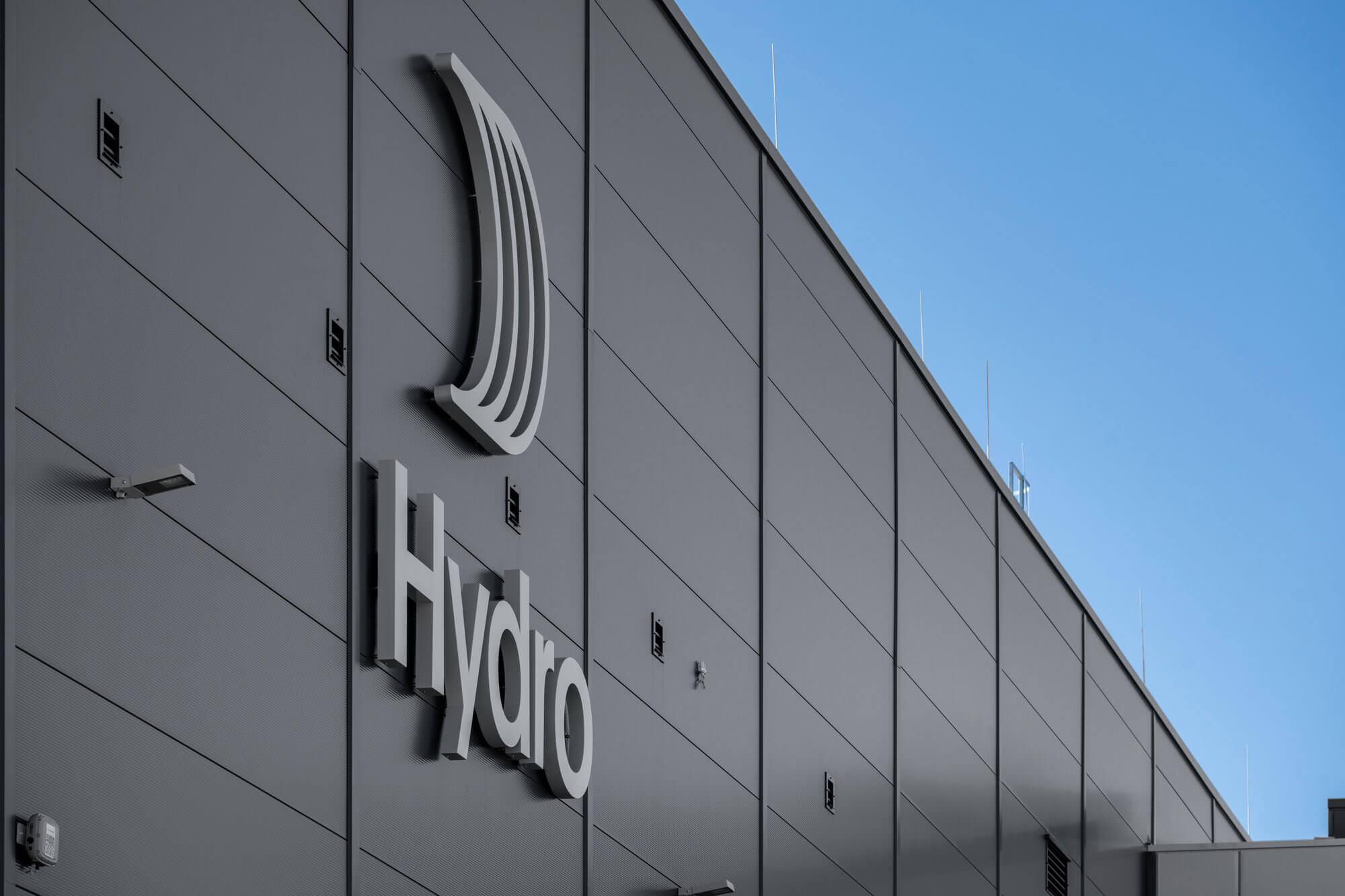
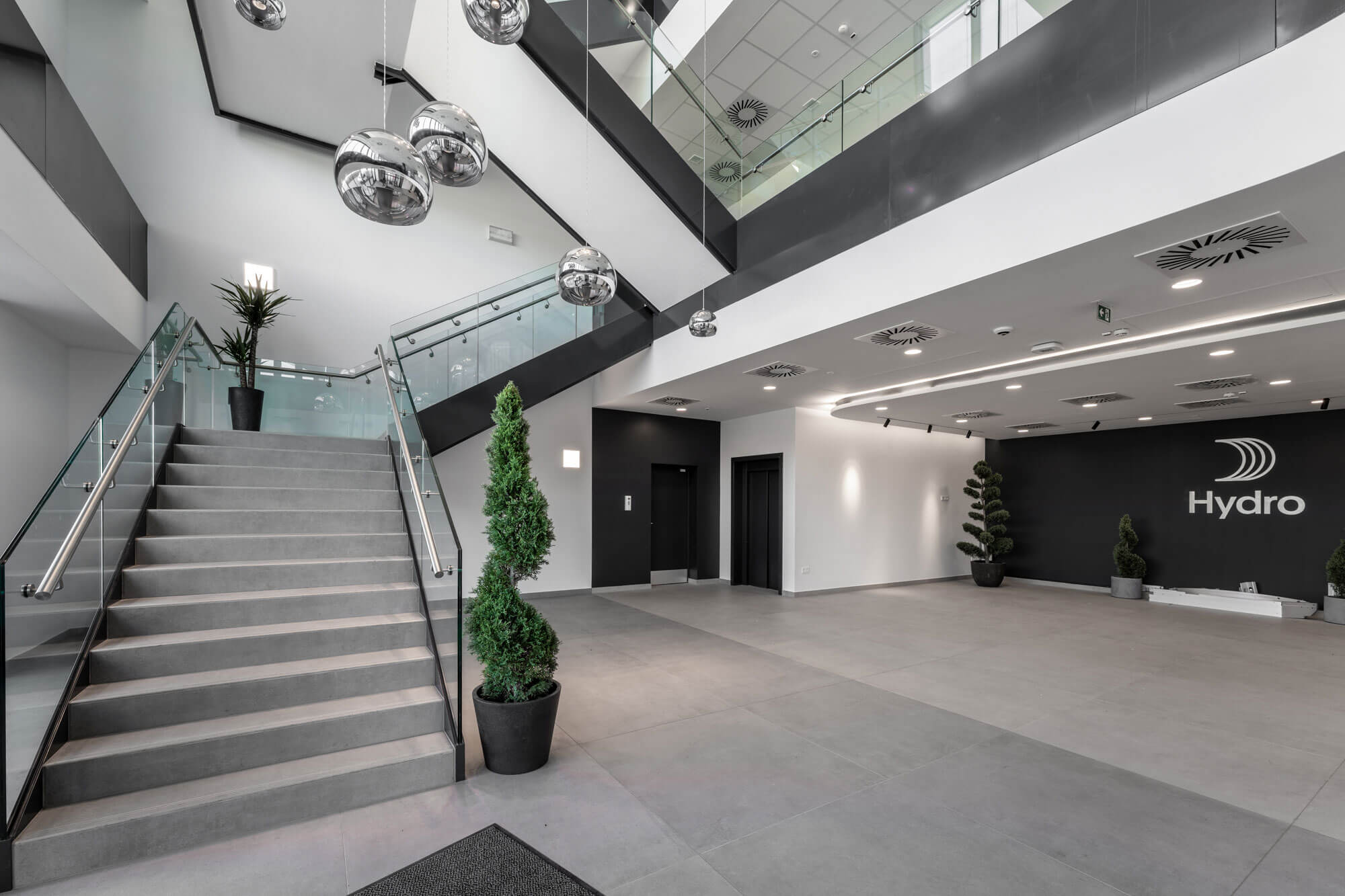
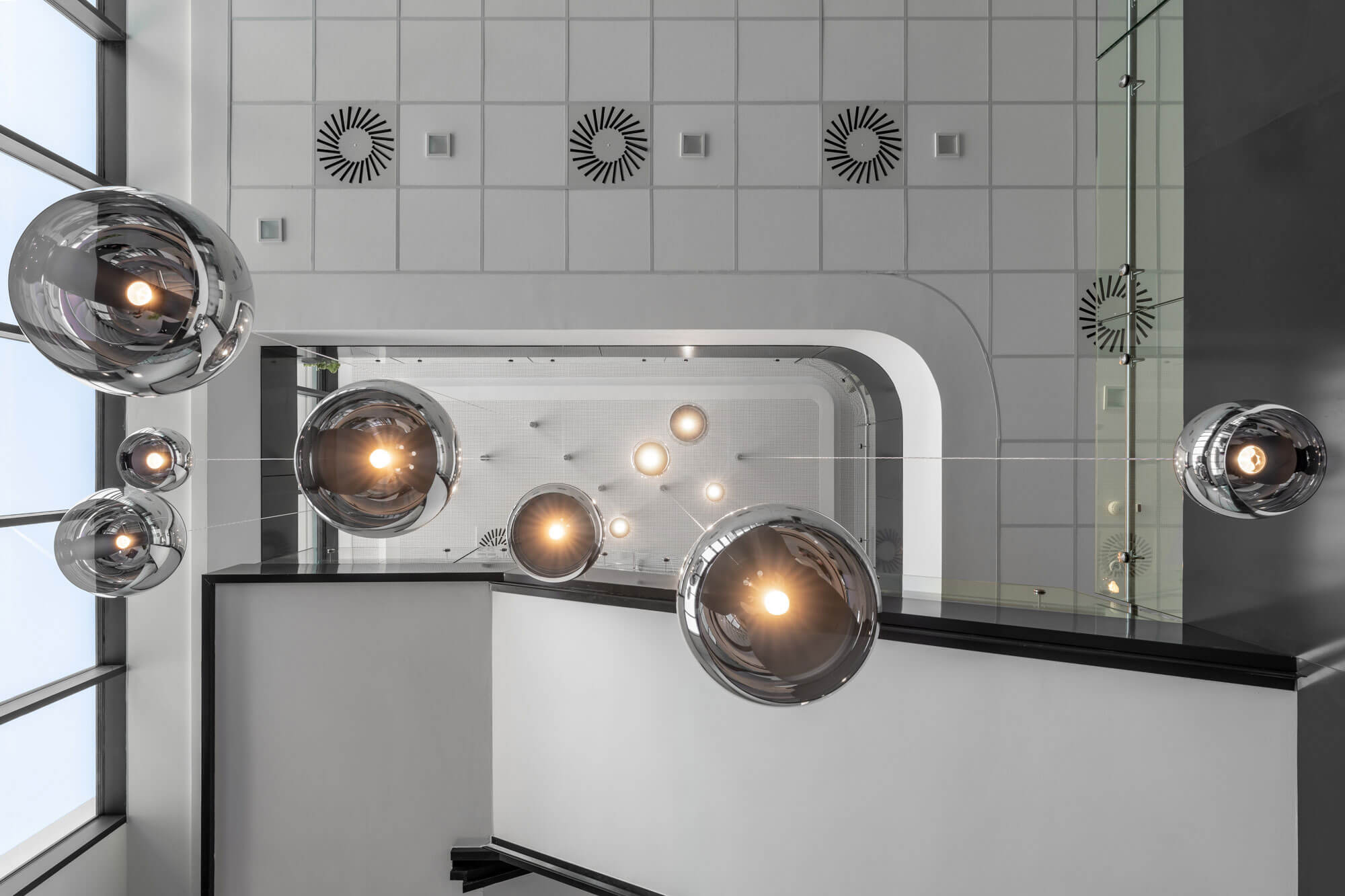
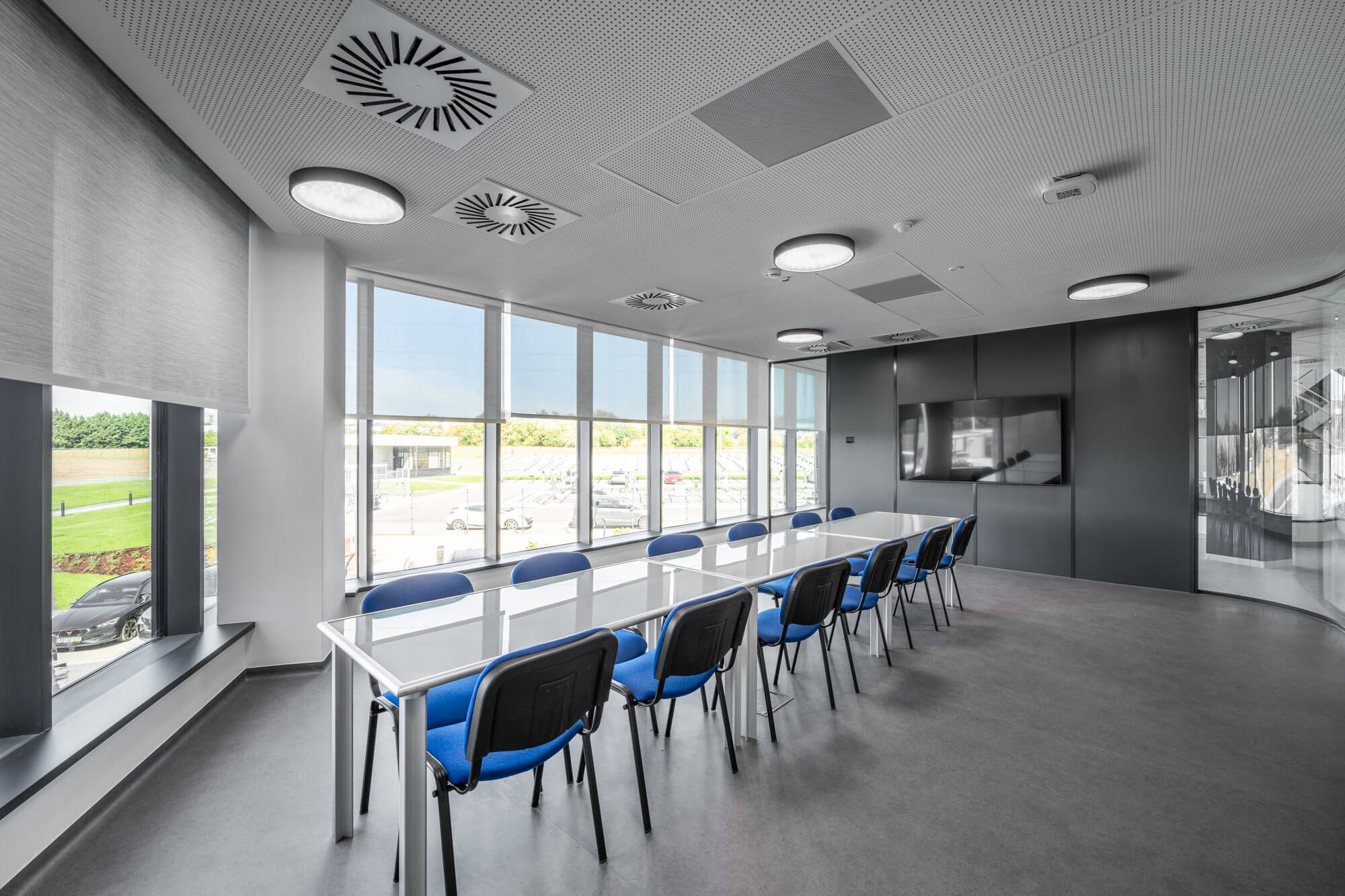
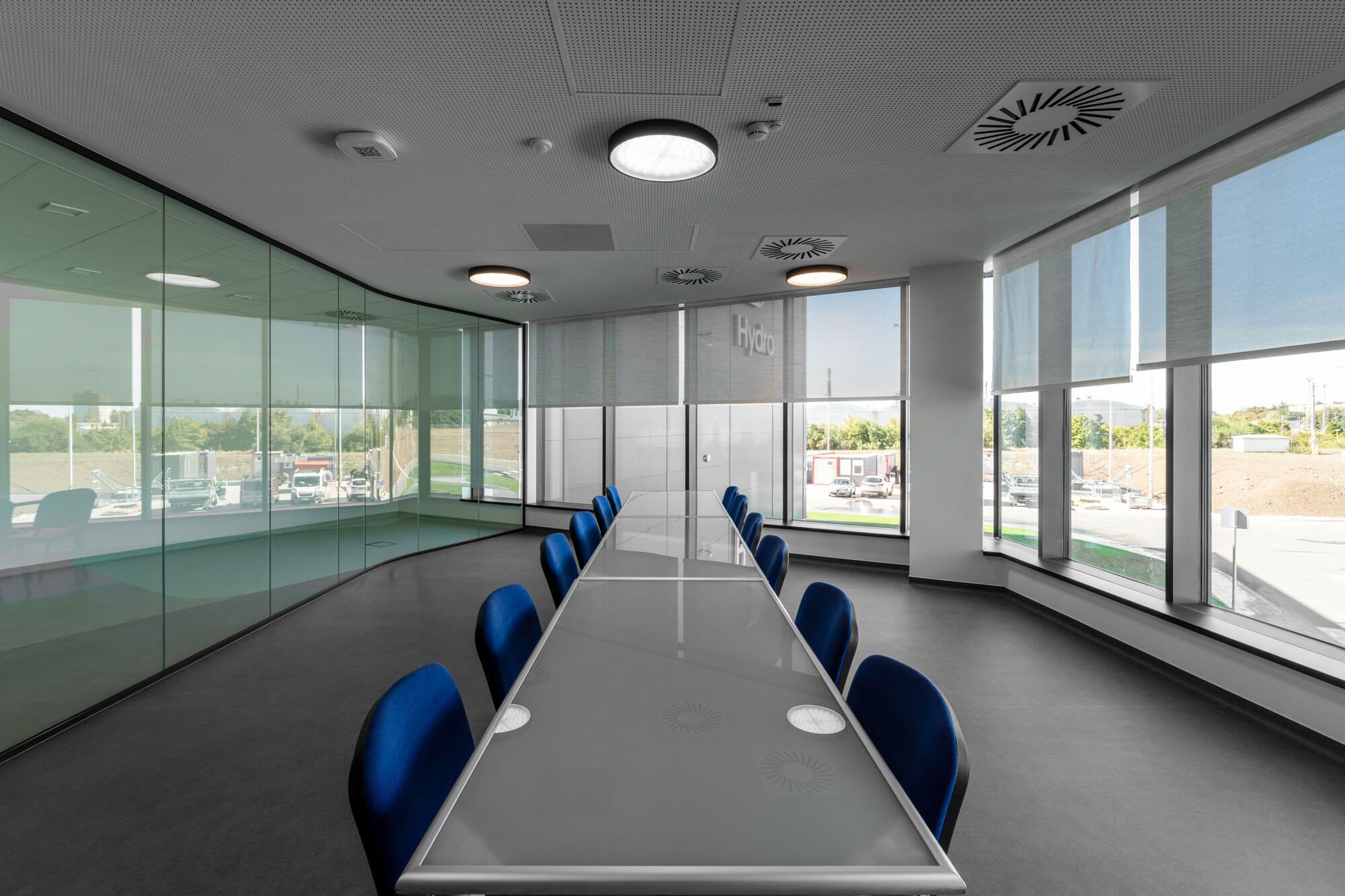
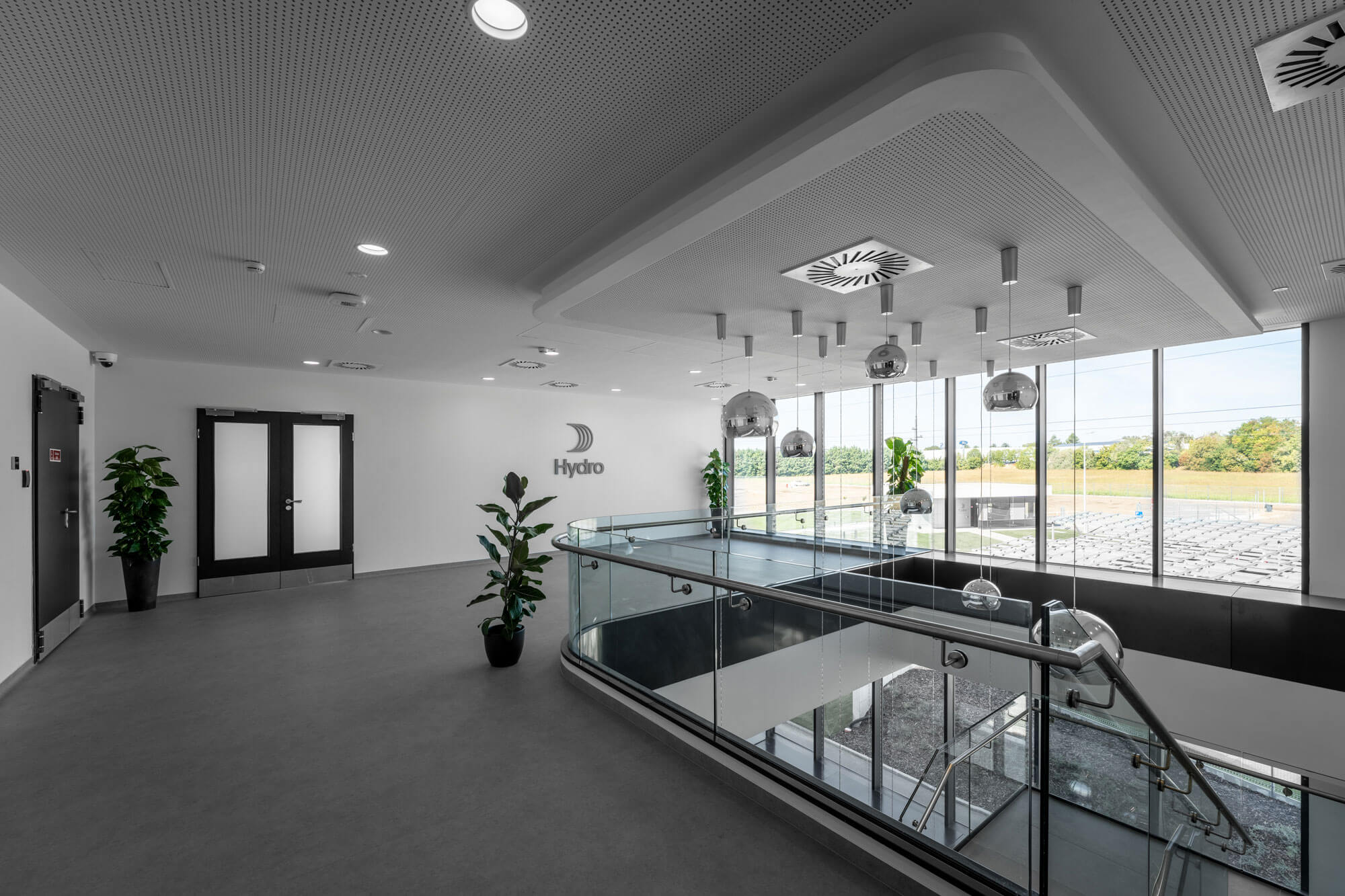
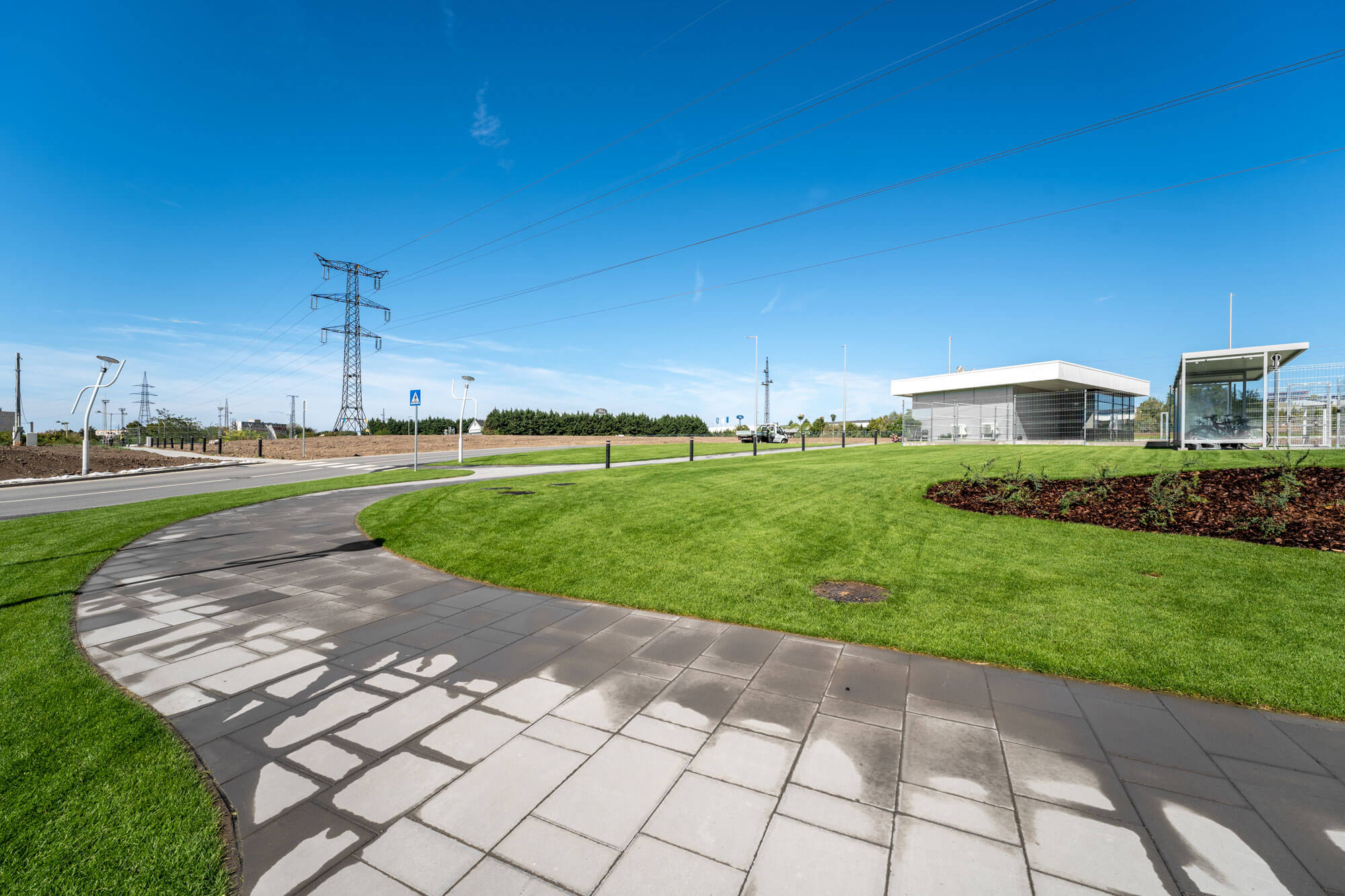
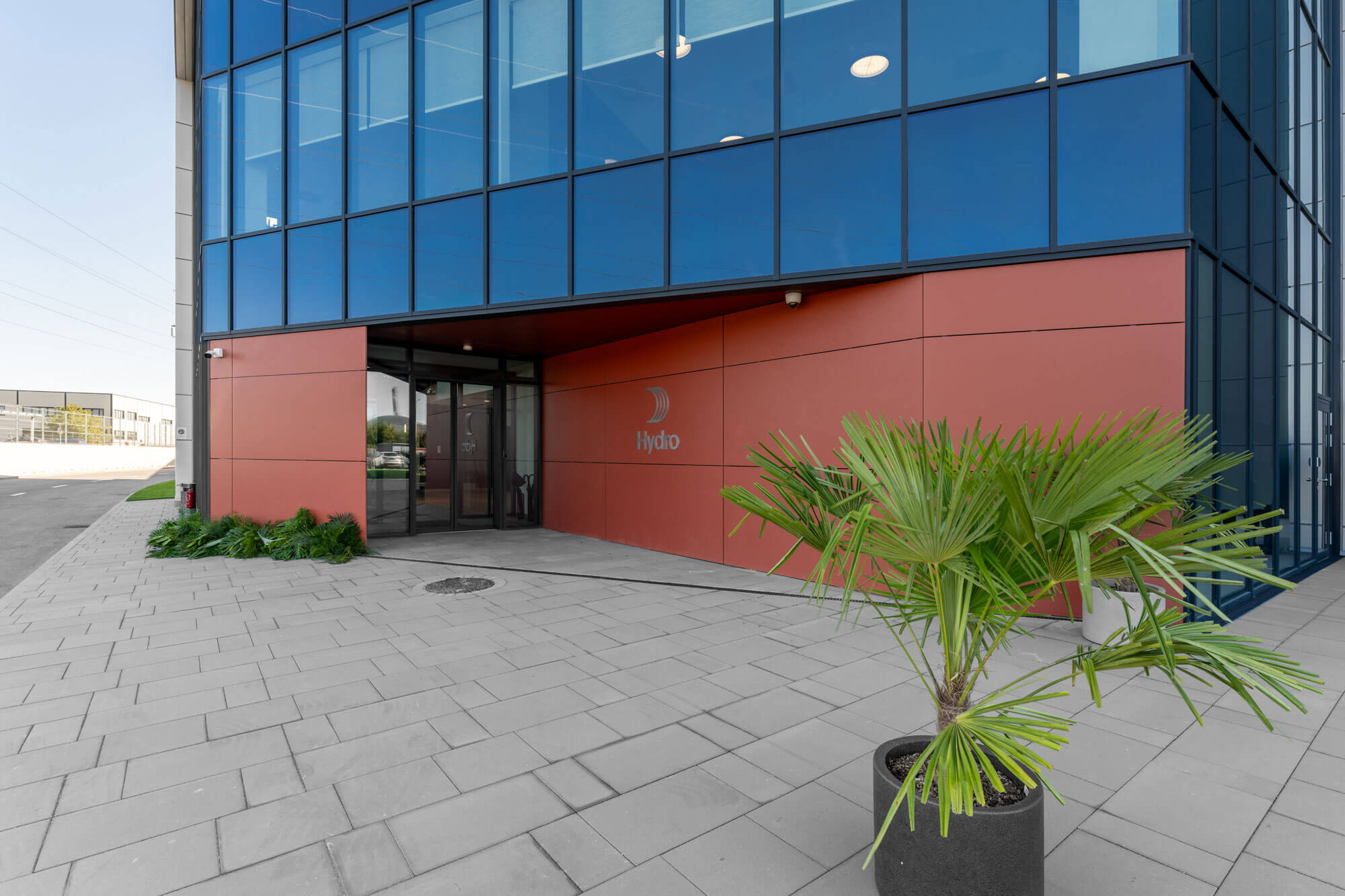
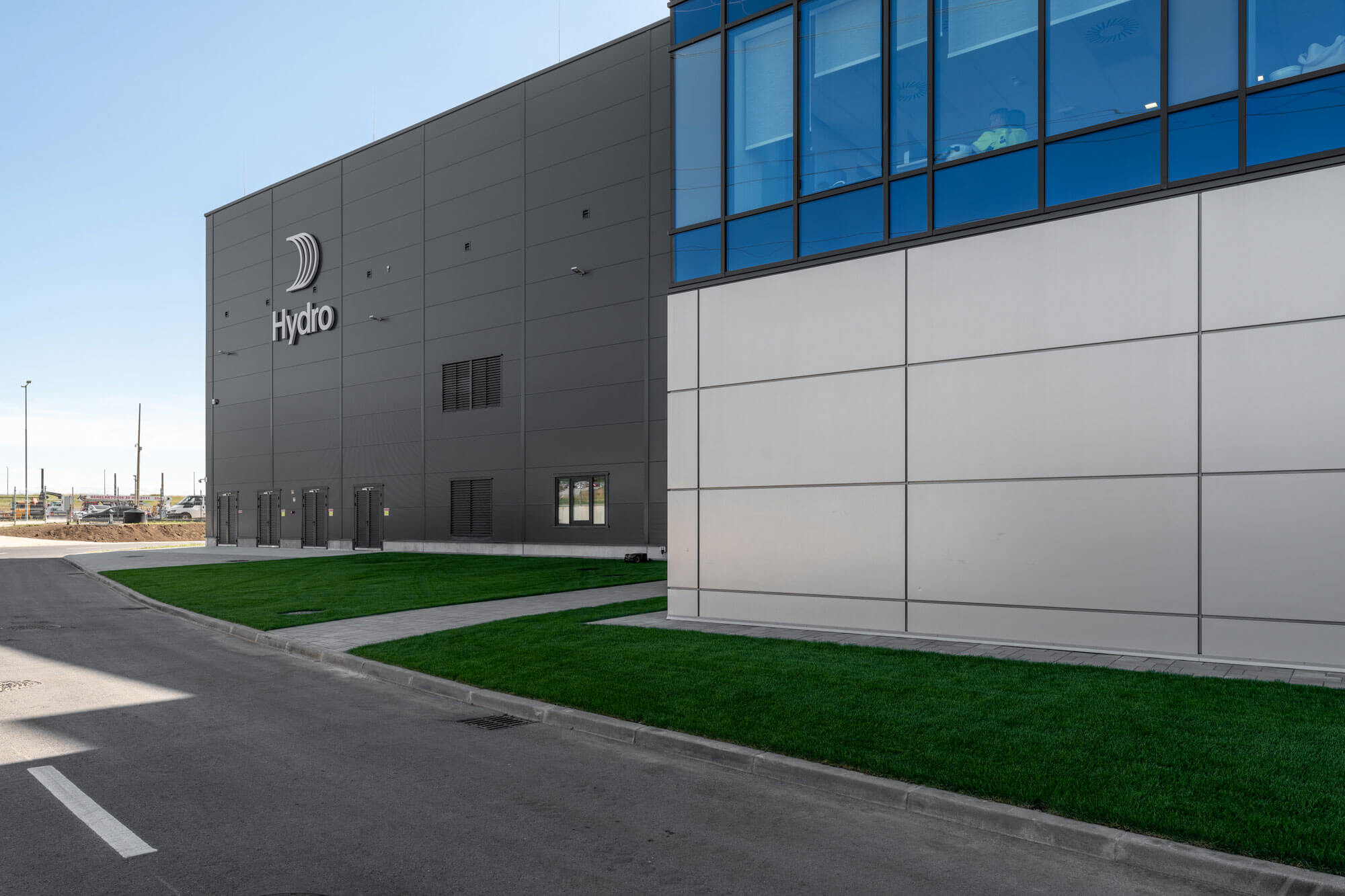
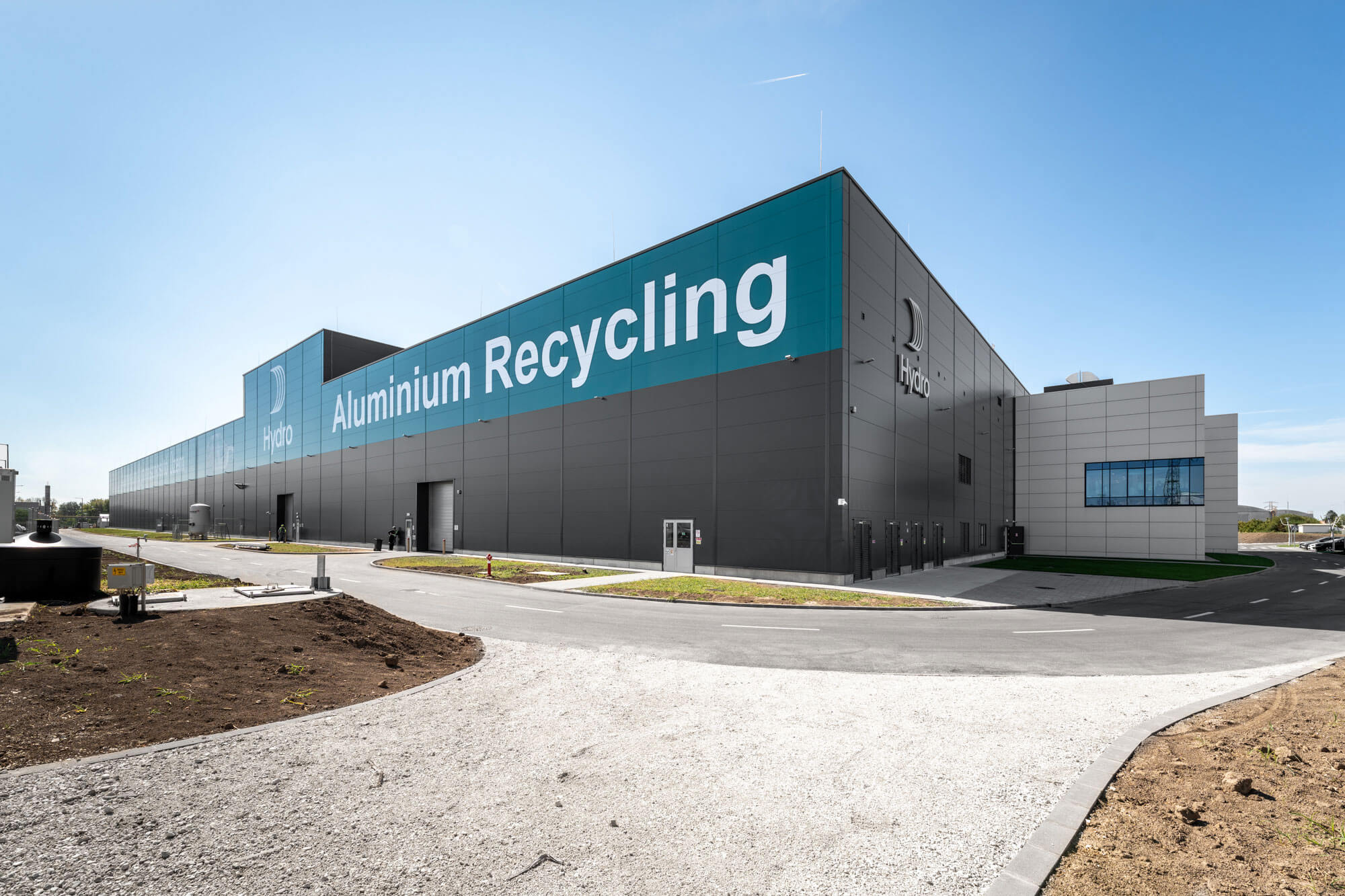
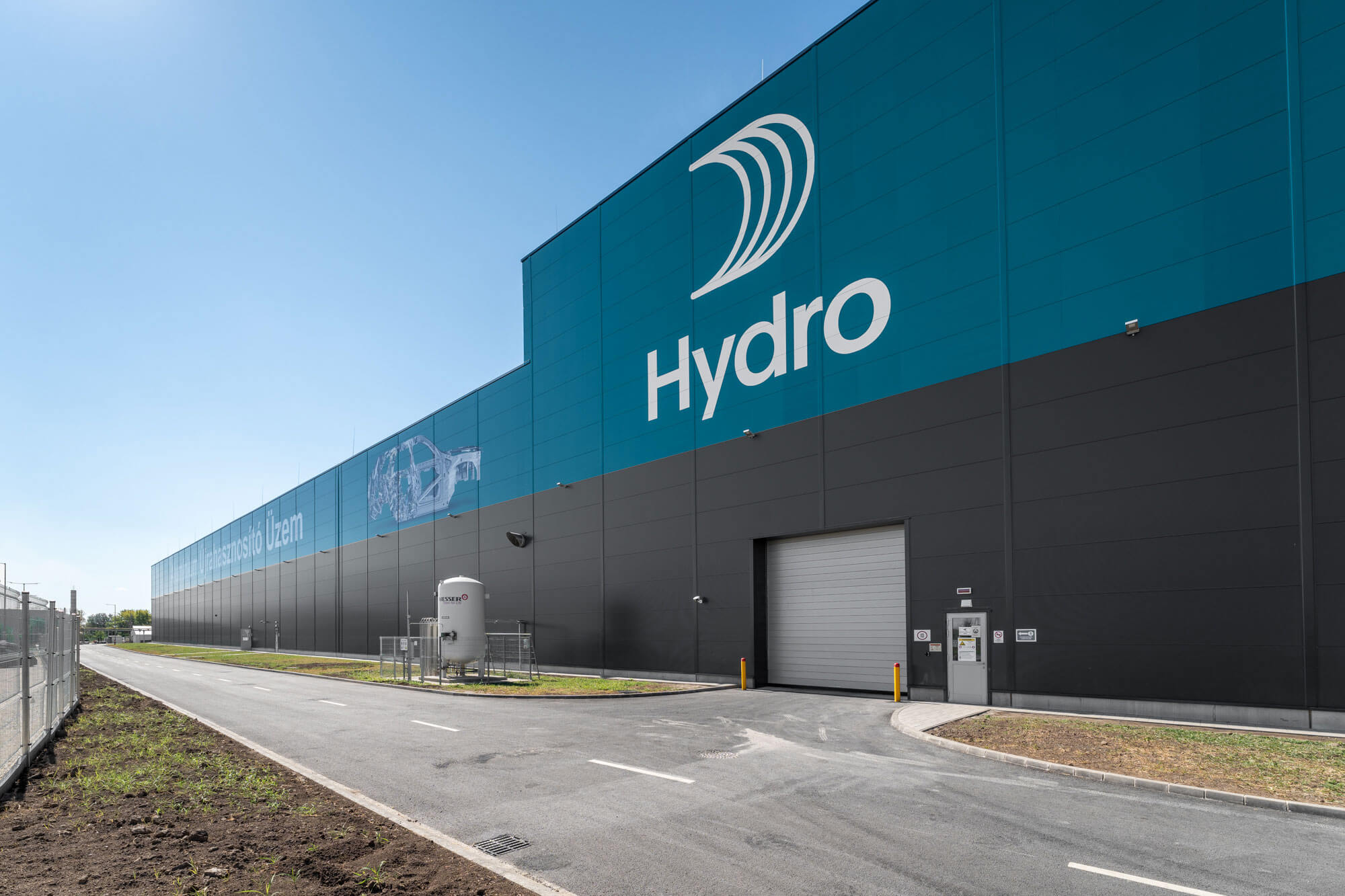
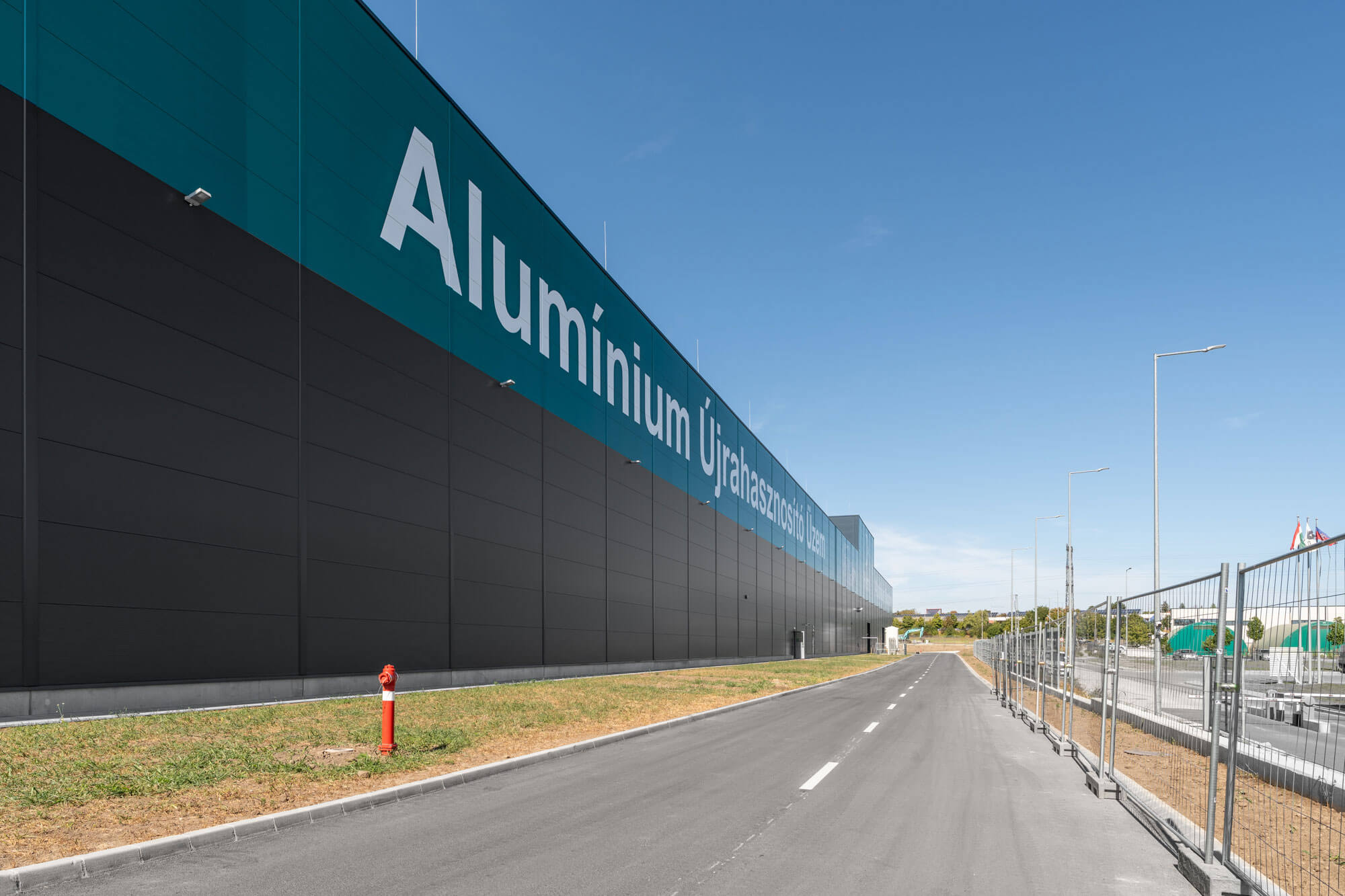
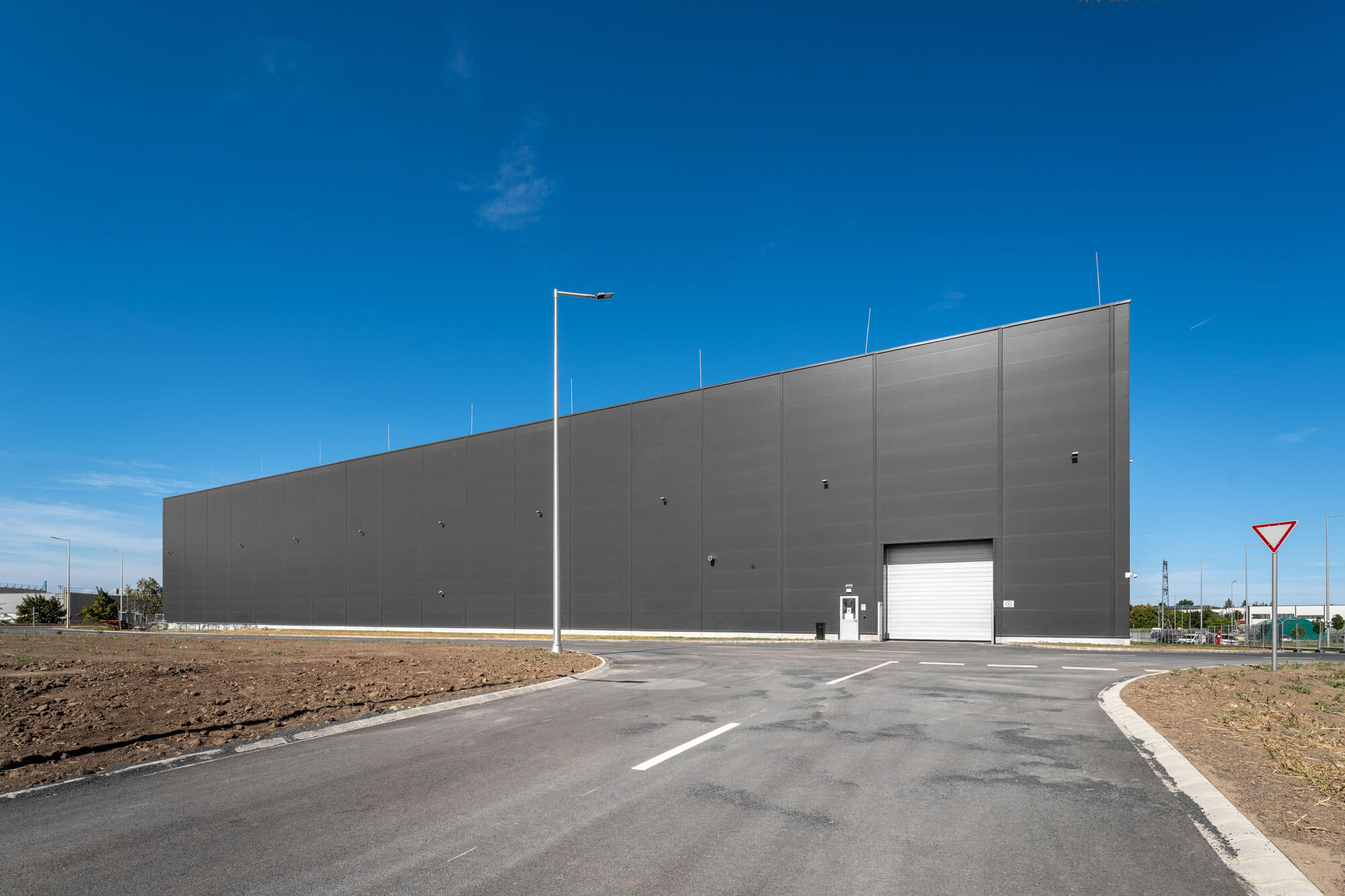
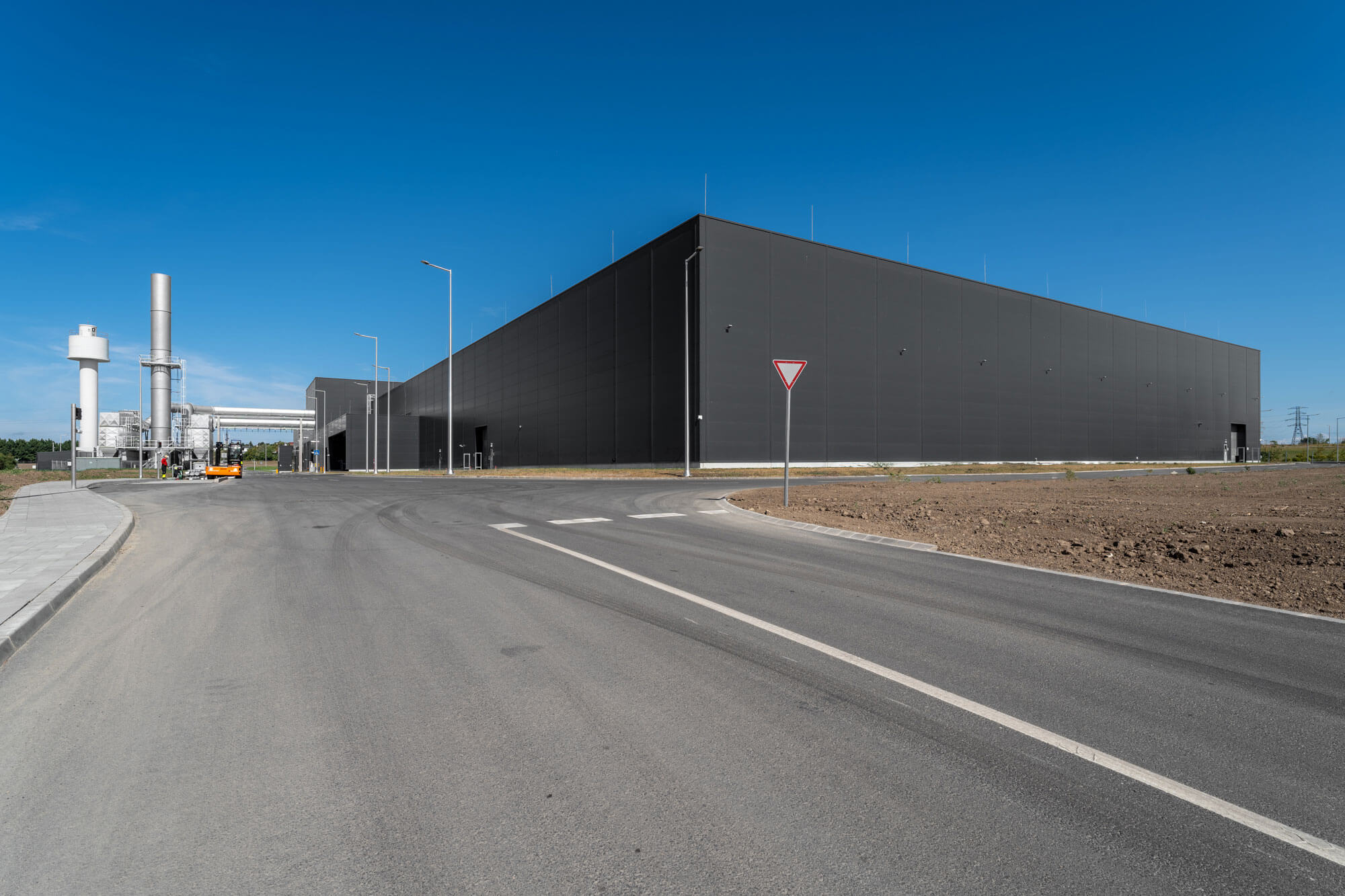
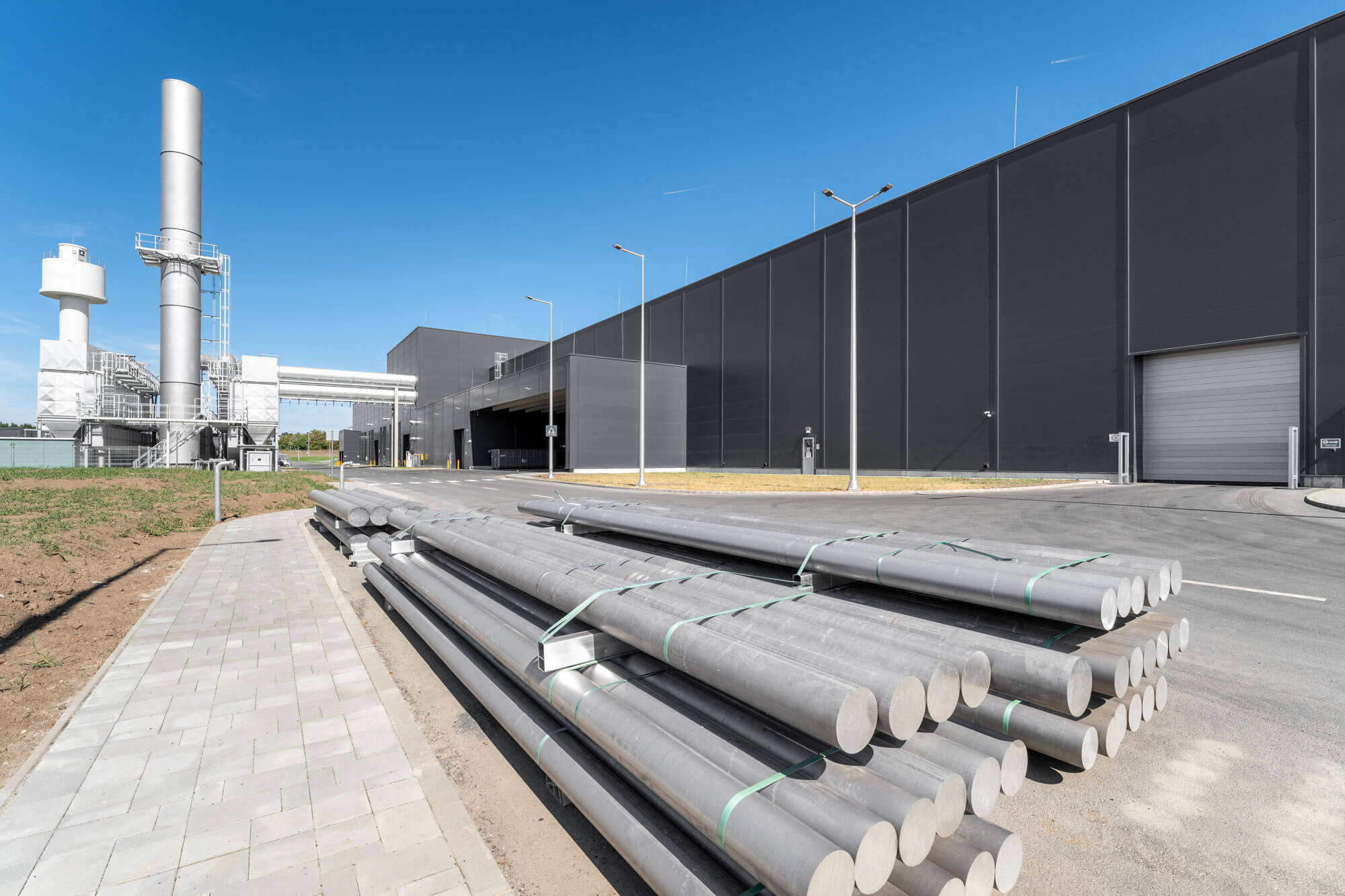
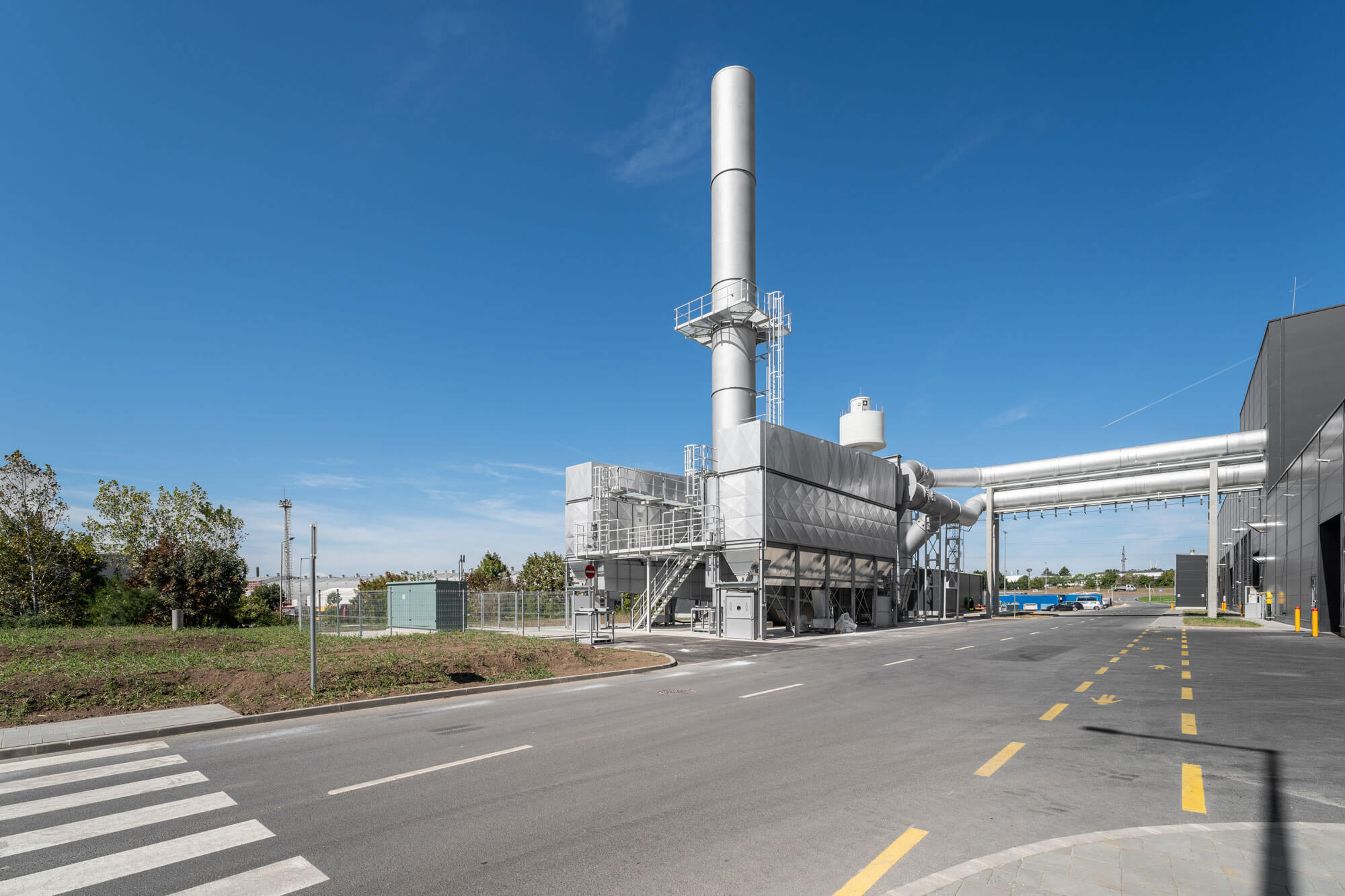
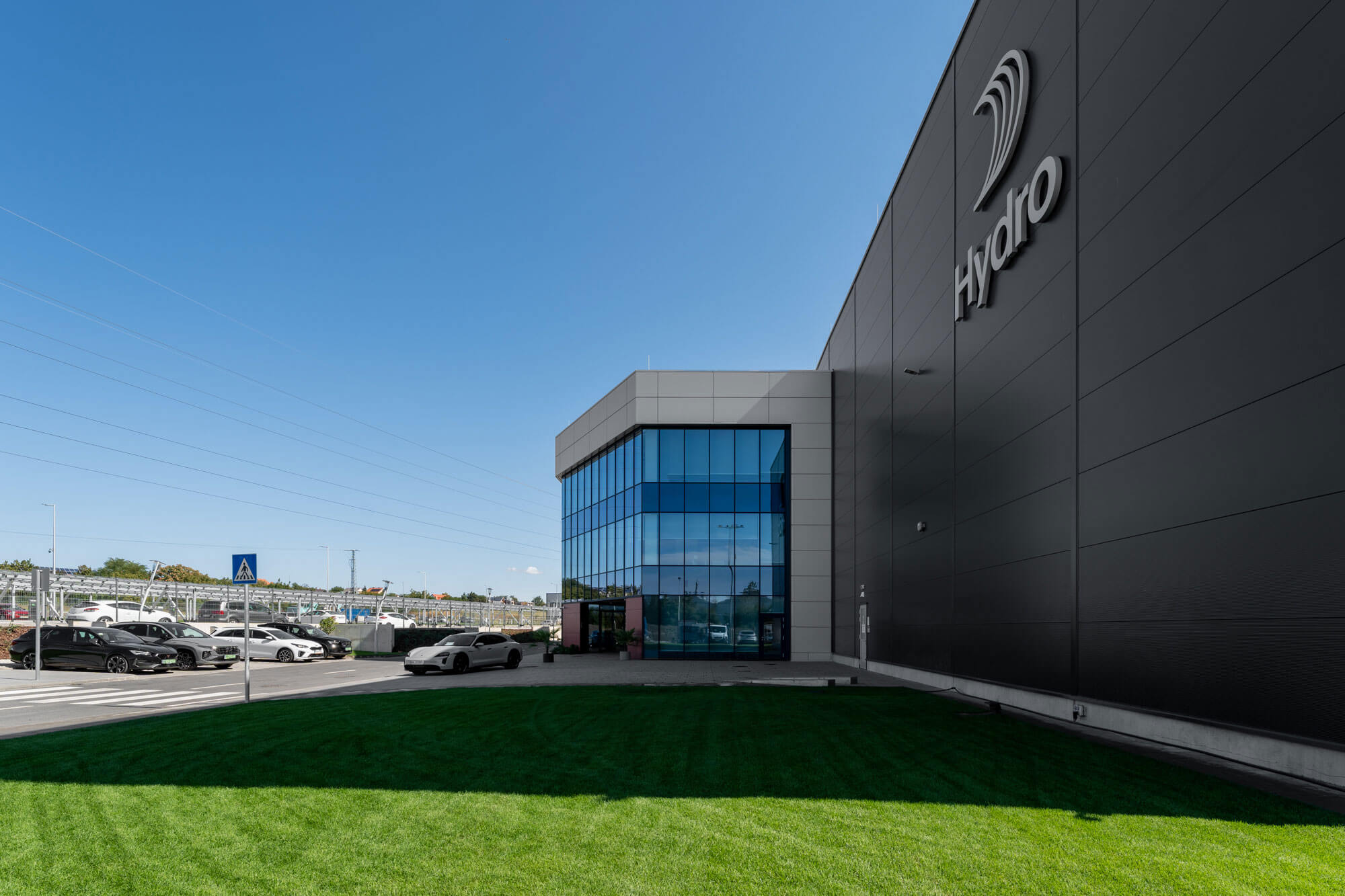
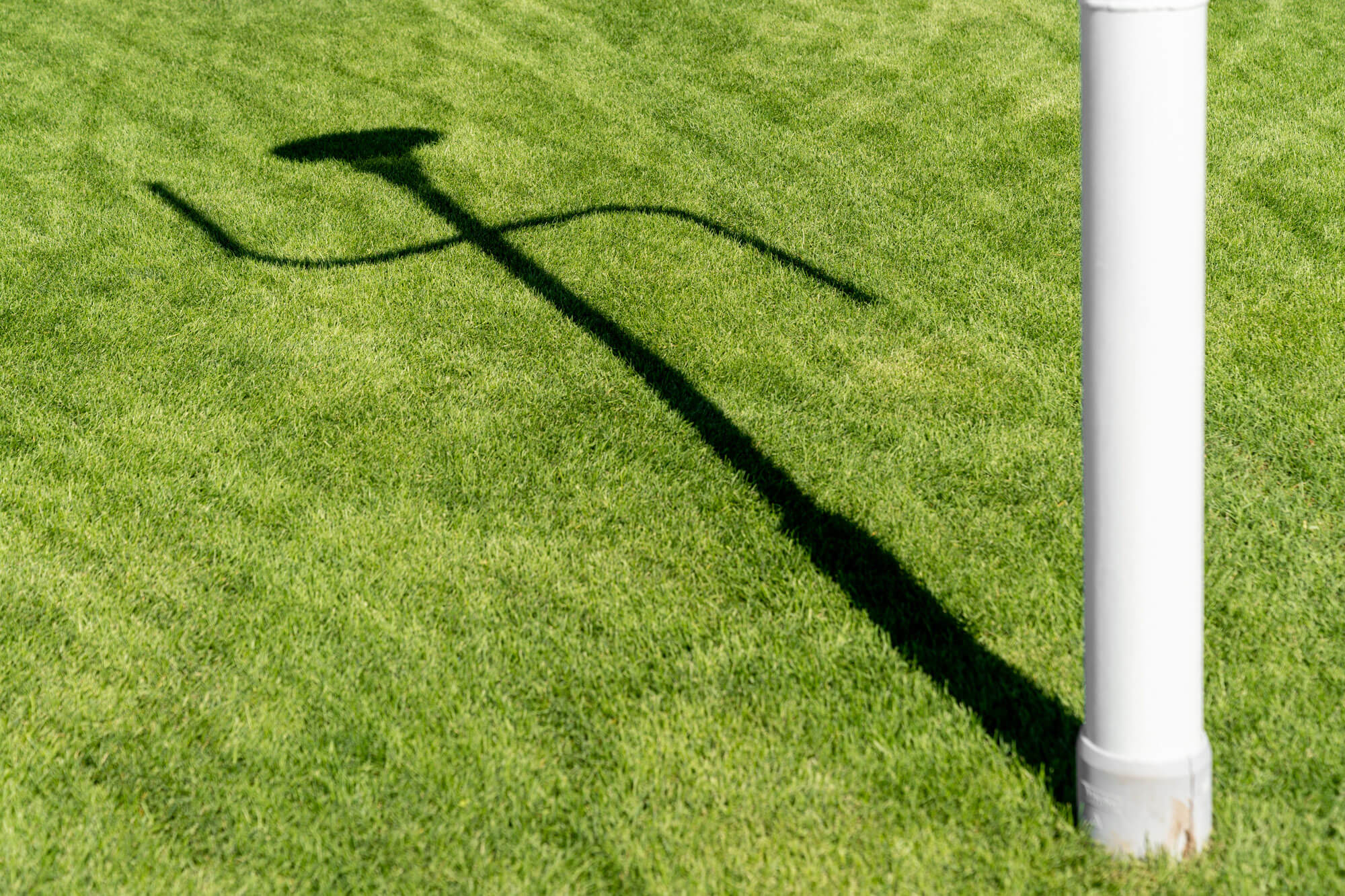
The new aluminium recycling plant of Hydro Extrusion Hungary Kft. has been built in Székesfehérvár, which is capable of producing 90,000 tonnes of recycled aluminium per year, mainly for the premium automotive segment.
The building covers 20,000 m² and includes an ancillary three‑storey office block of 400 m² per floor. Over nearly two years of construction, one of the foremost challenges was excavating the casting pits. Their deepest point lies 14 metres below ground level, necessitating a further 12 metres of steel pipe installation. A diaphragm wall was constructed for groundwater control, all delivered under tight deadlines and coordinating multiple subcontractors.
The following comprehensive tasks were carried out during the construction process
The plant will process not only aluminium waste from consumer aluminium consumption but also scrap from the production process, so that the production of recycled aluminium represents only 5% of the energy demand of the original production. The investment has created 80 new jobs in the area.
Hydro’s Székesfehérvár plant is among Europe’s most advanced aluminium processing facilities. It is equipped with six press machines, modern surface‑treatment technologies, and over 300 machining centres.
One of the project’s principal challenges was constructing the casting pits. Their deepest point reaches 14 metres below ground and required an additional 12 metres of steel casing. A diaphragm wall was necessary for groundwater management, undertaken amid strict deadlines and the coordination of concurrently working subcontractors.

